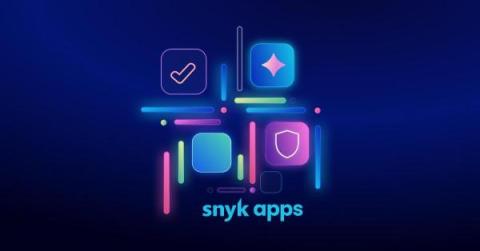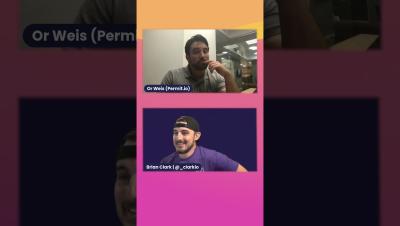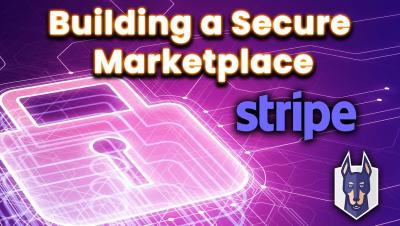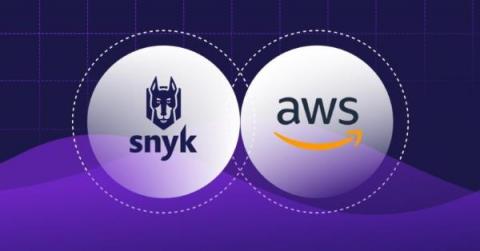Snyk Apps now GA: An easy, standardized, and secure framework for building custom integrations
Snyk is excited to announce general availability of Snyk Apps, a framework for building and distributing custom security solutions to better inform security decisions and boost developer productivity. As Snyk Apps reaches this milestone, Snyk’s Technology Alliance Partnership Program (TAPP) has more than 70 members today.











